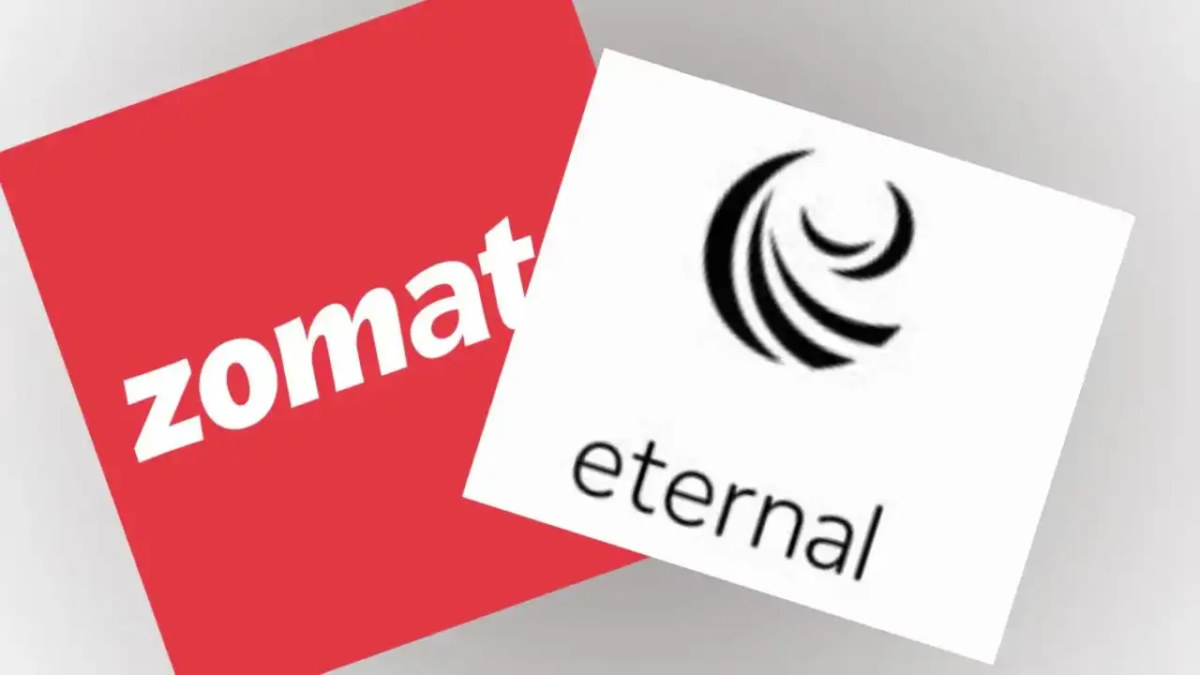Shares of Eternal Ltd. came under pressure in today’s trading session after the company announced the appointment of a new Chief Executive Officer to lead its food delivery division. The stock declined as investors weighed the potential risks associated with leadership transitions in a business segment that has become a key growth driver for the company.
Eternal’s food delivery arm has grown rapidly over the past few years, benefiting from strong consumer demand and the company’s ability to expand into new markets. However, with the appointment of a new CEO, market participants appear cautious, concerned about possible disruption to strategic plans and execution.
Despite the pullback in share price, Morgan Stanley maintained its “overweight” rating on Eternal. The global brokerage emphasized that the long-term fundamentals remain intact and that the leadership change should ultimately support the company’s ambition to professionalize operations and unlock further value in the high-growth food delivery sector.
According to Morgan Stanley’s note to clients, Eternal’s management restructuring is part of a broader effort to deepen expertise across business lines and build a scalable platform. Analysts pointed out that while there could be short-term volatility as the new CEO settles in, the underlying growth prospects in food delivery are robust, given India’s rising digital consumption and the company’s strong brand presence.
The brokerage also highlighted that Eternal continues to maintain a solid balance sheet and a diversified portfolio, which provides resilience against near-term operational uncertainties. Over the next few quarters, investor focus will remain on how quickly the new leadership can sustain growth momentum and improve profitability in the competitive food delivery space.
While some investors have chosen to book profits amid uncertainty, many long-term institutional holders remain confident that Eternal’s strategic initiatives and consistent execution will drive shareholder value over time.
Top-notch SEBI registered research analyst
Best SEBI registered Intraday tips provider
Telegram | Facebook | Instagram
Call: +91 9624421555 / +91 9624461555





